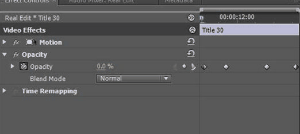Our core audience will be 16-24 year old males in the UK
Here is a mind-map of our Core Audience:
Our audience will be predominantly middle class because the protagonist is supposed to relate to the regular middle class teenage boys of the UK. However, the element of crime could relate to a wider audience of lower class teenagers who are involved in gang crime in the UK. Therefore, our film will appeal to most young people around the UK in different ways. They are also likely to be situated in cities such as London and Manchester in order to relate to the city/streets context of the film. Therefore, our film will be predominantly marketed in the main cities of the UK. For example, we will create one simple film poster, placed at bus stops and train stations for example on the London Underground. This will ensure that we are using our limited budget most effectively to reach our target audience.
 |
| word-map of core audience's interests and lifestyle |
Our secondary audience will be 16-24 year old females in the UK
The type of females we are attempting to target would be relatively feminine and interested in typical things such as clothes and make-up. However, the challenging convention of Lucy being strong and powerful enables us to either target strong girls who can relate, or girls who aspire to be like Lucy. This broadens our female marketability to different types of girls.
 |
| word-map of secondary audience's interests and lifestyle |
Other Audiences:
From reading about audience distribution in the BFI Statistical Yearbook 2013, I have realised that the 45+ age group have become increasingly prominent cinema-goers. Therefore, I concluded that perhaps we could have included some content to appeal to a tertiary audience of 45+. However, we did aim our film at the second largest age group of cinema-goers.

Our film could appeal to those outside of our target audience group as a way of informing them about young people's lives in the UK.
































































